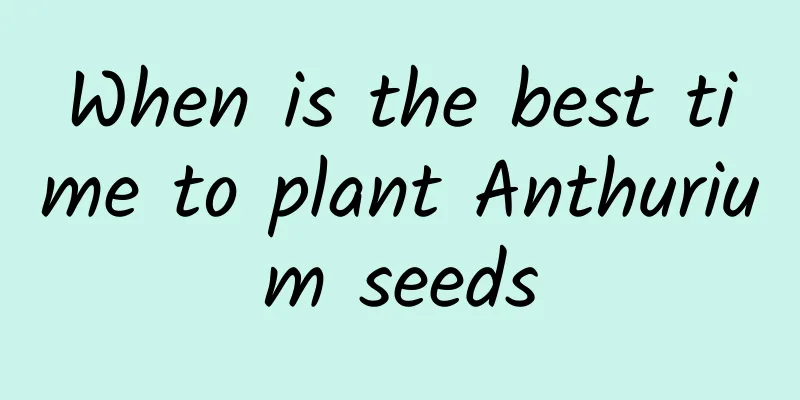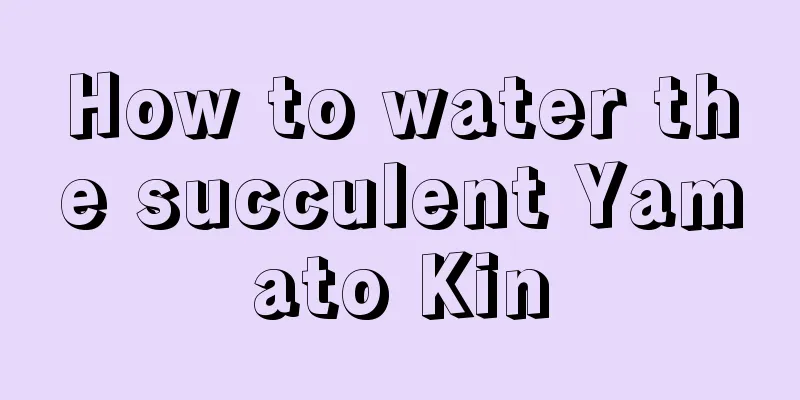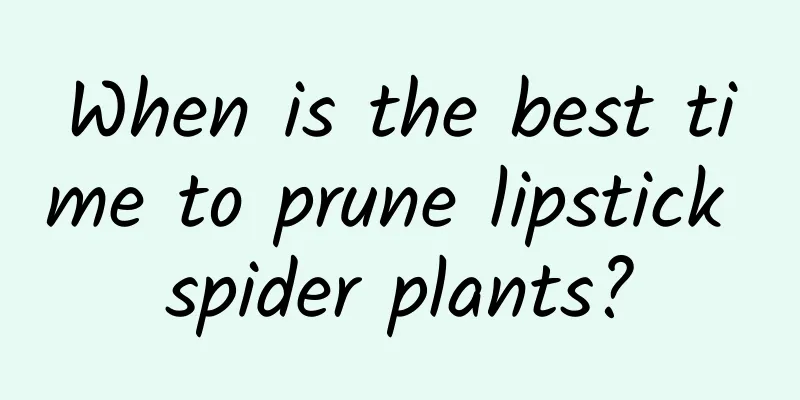Maintenance of tree stump bonsai

Spring maintenancePruningIn spring, tree stumps planted in outdoor pots should be carefully pruned before they sprout. The method is: cut off overlapping branches, thin branches, dead branches, parallel branches, and overgrown branches, leave growth branches and tie them up to achieve the purpose of perfect shape. Prune again when new branches grow to 5 to 10 cm. Pines cannot be cut with scissors. Instead, the unwanted parts should be pinched off by hand after the buds emerge but before they open. RepottingThe main situations that require repotting are as follows: watertight, too many roots in a disk shape, too much or too little soil in the pot; the proportions between the landscape and the pot are out of balance. When repotting, the soil should be fertile, loose, well-permeable, and have moderate pH. The best pot to choose is a purple clay pot. FertilizerFertilization requires small amount and frequent application, with organic fertilizer as the main fertilizer and inorganic fertilizer as the auxiliary fertilizer. When watering, the soil in the pot should be kept moist and not too dry, because the tree stump is in the germination stage and once the buds are scorched, it cannot be saved. In addition, more efforts should be made to prevent and control pests and diseases such as aphids. Summer maintenanceWater and fertilizerIn summer, the main thing is to control the moisture in the pot. During the rainy season, check the pot frequently for water accumulation. If there is water accumulation and root rot, remove the pot immediately and place it in a rain-proof place. Wait until the soil in the pot is somewhat dry before putting it back in the pot. During hot seasons, it is best to water the plants at night, check again the next morning and add water as needed, and avoid watering when the temperature is high at noon. Small bonsai and shallow pots should be placed on a sand tray, and shade-loving plants should not be exposed directly to the sun. Avoid fertilizing during high temperatures to prevent stump damage. Pest controlSummer is the peak season for diseases and insect pests. Prevention is the main focus. Pests must be discovered and pesticides sprayed in a timely manner. It is best not to use the same pesticide continuously. |
<<: Rare fruit-bearing golden marble bonsai
>>: How to make succulent bonsai
Recommend
Lu'an Guapian Price
1. How much does it cost? There are many brands o...
What to do if the primroses wither
Primroses wither due to lack of water Insufficien...
How to grow peppermint well
1. Maintenance methods 1. Temperature: Generally ...
6 kinds of delicious soil fertilizers are available right at your doorstep, so don’t spend money to buy soil!
Earthworm Soil Earthworm soil can be said to be t...
How to propagate fuchsia
1. Cutting propagation Choose the top branches wi...
The simplest way to grow Phalaenopsis at home
1. Soil When growing Phalaenopsis at home, you ca...
Can loquat seeds be planted?
1. Can be planted Loquat seeds can be planted. If...
Cutting propagation of money bag
one. Cuttings 1. We can first select the potted p...
How to grow tiger flower
How to grow tiger flower Cultivation medium The b...
When is the right time to sow hibiscus? Season and method
Hibiscus sowing time Hibiscus belongs to the Malv...
When to fertilize sweet potatoes? How to fertilize?
The key to obtaining higher returns from growing ...
Cultivation methods and precautions of peacock arrowroot
1. Flower soil When growing peacock plant, it is ...
How long does it take to sow yam? What are the methods of planting yam?
1. How long It usually takes six months from plan...
How to Grow Verbena from Seed
1. Germination If the seeds are sown directly int...
How to eat Lai grapes
Direct consumption Lai grapes can be eaten direct...









